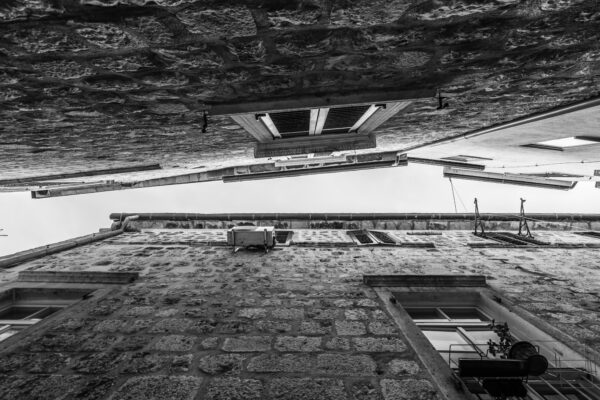Berlin’s former mayor, Klaus Wowereit, was fond of calling the city “poor but sexy.” His phrase was inspired by the creative economy and start-up scene, which are defining features of the post-Cold War city. And since the influx of refugees into Europe in 2015, Berlin is demonstrating that creativity and innovation are powerful forces in philanthropy and civil society, as well.
In our January post on the CEP blog, we discussed Berlin’s innovative volunteering platform, GoVolunteer. But the list of social enterprises in the city with missions to assist refugees seems never-ending. Berlin is the birthplace of Kiron, a free online university for refugees, and GermanNow!, which trains and coordinates more than 1,000 volunteers who provide language classes for refugees, just to name a few examples.
This may have been the reason why Ashoka, TEDxBerlin, and Street Football World organized the Hello Festival this March in Berlin. The Festival addressed the lay of the land for what needs to be done by the state, business community, philanthropists, and civil society overall to support refugees and make integration a real possibility in Europe. The Festival is a good example of how a collective effort of various societal actors can stimulate debate and spread innovative thinking.
The Festival kicked off with Ashoka’s Innovation Conference on Integration, which brought together successful social entrepreneurs from around the world to share how their experiences could enrich integration and what lays ahead for all of Europe. The following day, 1,600 people attended the TEDx Salon event, “Identity: Chances and Challenges,” at the Berlin Arena. Like other TED events, the speakers presented to a very supportive and engaged crowd. The talks, though, also brought to light several recurring themes that are relevant to the wider framework of philanthropy.
First, the talks generated discussion about adapting to the new reality of globalization. The past half-century has been defined by the continual process of increased trade and cultural exchange around the world, and each speaker made the point that we no longer live in isolation, but are amidst a new level of global connectivity. With the movement of goods and the migration of people in this new context also comes an exciting transfer of ideas. Like in other sectors, it is important for philanthropists to recognize that here lies an opportunity to network across borders and collaborate across cultures in ways we haven’t been able to before. Now is the time to learn to thrive in this new context.
Second, and relevant to the point above, speakers at the Festival addressed the need for a collective shift in mindset from the cost toward the contribution of migrants. Fear of the unknown can lead to an unfavorable view toward the influx of migrants as a threat, rather than an opportunity, and as a burden, rather than an asset. Overcoming this outlook, philanthropists can play a critical role in providing the right tools that, coupled with a migrant’s desire to be independent, can result in diversity, cultural enrichment, and social change that will bring wider benefit. A few countries, such as Canada, in particular, already understand that their economic and social well-being is based on empowering their large influx of immigrants.
Third, the realization of powerful new partnerships was a recurring theme at the Festival. For a long time, single entities have been operating in emergency mode, only to now enter a phase when things are running a little more smoothly. And with this stability comes a tremendous potential in partnering with one other to propel in new directions. Imagine the opportunities that can arise from governments, foundations, corporations, and individuals bringing differing strengths to the table and collaborating.
An important component missing from the discussions at the Festival, however, was inclusion of the voices of refugees themselves. In discussing the issue of migration, it is vital that refugees participate in the dialogue about a path forward. When looking at the realities of an issue on the ground, there is no perspective more valuable to listen to and learn from than that of real people sharing real experiences about their real lives. Philanthropy needs to include and encourage these voices, and also empower them to become innovators in their own right.
Berlin is a city of action. The Hello Festival there last month was not only about innovation, but stressed the need to work together to create and rely upon established solutions to empower and integrate refugees into European society. Philanthropy can play a crucial role in this. Looking ahead, let’s hope more events will encourage people to listen to the voices of individuals on the ground, move beyond talk, and move toward action.
Hello from Berlin to the world!
This post is part of an occasional series on the CEP Blog providing international perspectives on philanthropy and foundation effectiveness. Other posts in the series can be found here.
Michael Alberg-Seberich is executive partner at Active Philanthropy, a nonprofit organization in Berlin that brings together individuals and families from all over Europe who want to make the world a better place. He also is managing director of Beyond Philanthropy, a social business owned by Active Philanthropy that provides philanthropy advice for families, foundations, and businesses.
Diya Khanna is a Canadian journalist, educator and humanitarian with a focus on diversity and migration. She is currently working with Active Philanthropy and several other local organizations toward aiding the integration of refugees in Germany.



